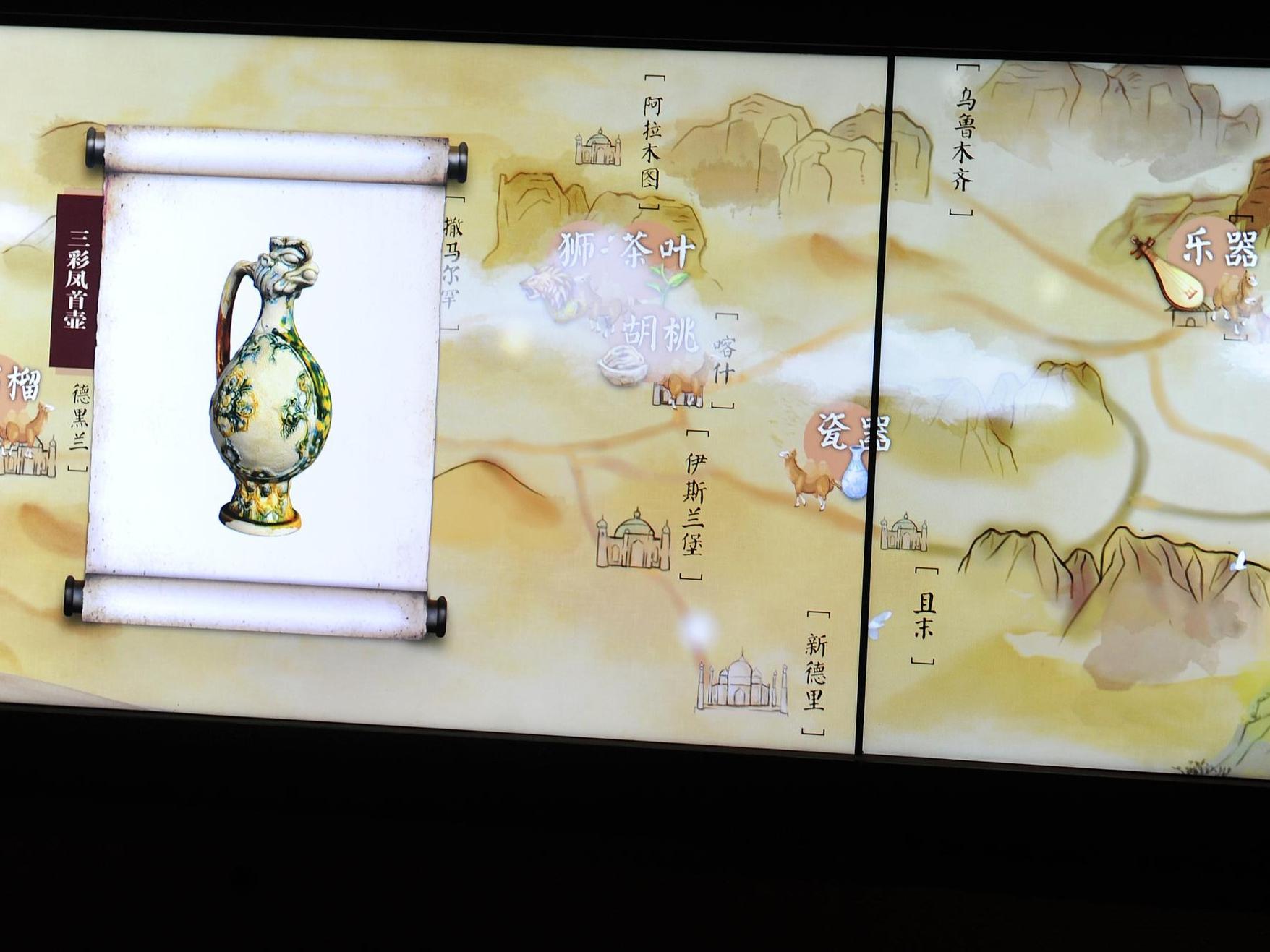Beefing up Cultural Relics Related Sci-tech Innovation
By?LI?Linxu
As part of efforts to build a powerhouse in the protection and utilization of cultural relics, China recently released a guideline on boosting sci-tech innovation in the field of cultural relics.
The guideline, jointly released by 13 government bodies, including the National Cultural Heritage Administration (NCHA), and the Ministry of Science and Technology, pledged to beef up sci-tech innovation capabilities, and fully leverage the supporting role of sci-tech innovation in the high-quality development of cultural relics undertakings.
In recent years, China has made great progress in the protection, research, management and utilization of cultural relics through sci-tech innovation, said an official from NCHA.
A bronze mask discovered at the Sanxingdui Ruins site in Sichuan province. (PHOTO: XINHUA)
The guideline laid out a series of guiding principles and goals for advancing sci-tech innovation in the field of cultural relics in the following 10 or more years.
By 2025, an effective cohesive mechanism is expected to be established among basic research, application research and the transformation of sci-tech achievements in the field of culture relics, according to the guideline, vowing to make breakthroughs on a batch of key technologies in the protection and archeology of cultural relics.
During the process, priority will be given to set up a number of national and regional cultural relics research institutes, and build a well-structured talent pool.
By 2035, an interdisciplinary and cross-industry sci-tech innovation network for cultural relics will be established, with significant improvement in the sci-tech innovation capabilities of cultural relics protection, research, management and utilization, said the guideline.
To achieve these goals, an array of measures were put forward in the guideline from the perspectives of optimizing the layout, strengthening the platform construction, cultivating talent, and improving incentive mechanisms of sci-tech innovation.
Continuous efforts will be made to carry out the basic research and applied basic research, tackle bottlenecks in key technologies, enhance the R&D of specialized equipment, and advance the transformation of sci-tech achievements in the field of cultural relics.
International cooperation will also be strengthened, said the guideline, pledging to actively take part in the large-scale international sci-tech cooperation programs, and attract international well-known research institutes to jointly build international sci-tech centers in China.







